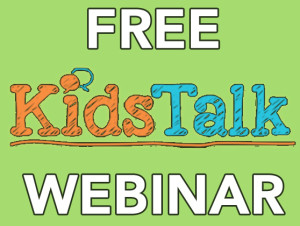
”Concentration and distractibility are particular sensitive indicators of a variety of conditions affecting children. Highly concentrated activity suggests that the child’s finding satisfaction and challenge in a task. Distractibility suggests trouble of some kind, social, psychological or whatnot.”
~Jerome Bruner, Under Five in Britain
Zach began the 18th hole of miniature golf. Twelve-year-old Zach was ahead and one under par. A wager of a pizza with my husband was in the balance. Zach stayed focused and won the match by two strokes.
There should have been fireworks. The band should have played a Sousa march. The mayor should have presented Zach with keys to the city. Why?
Because I had finally observed Zach having concentration and independence, two traits needed to be a fully functioning person. I say ”finally observed” since I have known Zach since he was six years old and in my classroom. Zach needed constant supervision and encouragement to finish simple tasks. It would take him all day to finish six math problems or write ten sentences. A mule stuck in the mud would have shown more independence and concentration than Zach.
Now I witnessed the independence and concentration that would serve him well for rest of his life. I was elated. Overjoyed.
Children who are having trouble developing independence and focus in their activities usually drive the adults around them to distraction. These children, though, need to be directed to activities that hold their interest and attention. (Sorry, television, computers and video games don’t count.)
From a glimmer of interest and attention, concentration builds.
Zach showed interest in singing, doing plays, designing props, drawing, gardening, fossils and animals, so I tried to incorporate these interests into his academic work. Pure academic work did not hold his interest.
Five-year-old Bradley had begun to read short phonetic words. After Spring Break, he returned to the classroom unable to sound out the words he had known two weeks previously. Trying to coax him into reading activities was met with a firm, ”No, thank you,” as he continued to cut strips of paper from our scissor-cutting lesson. His first day back, Bradley cut strips of paper all day long. At clean up, Bradley asked if he could take some paper home.
”Fine,” I agreed, hoping that his mother didn’t ask me what he had done all day.
The next day, Bradley cut paper strips in the morning and afternoon sessions. Day Three, I visited with his mom. ”I’ve never had a student do an activity like this for three days straight. I’m not sure what to think, but as long as he’s showing concentration, I’d like not to intervene.”
Bradley’s mom nodded. ”He’s come home and cut for at least two hours. Surely, he’ll want to do something else soon.”
At Day Ten, Bradley had cut through every cutting exercise paper we had. He had cut straight lines, curved lines, zigzag lines, and spirals. Day Eleven Bradley entered the classroom and selected a reading exercise. Bradley spent the next six weeks involved in reading and writing exercises with not a pair of scissors in sight.
What I learned from Bradley was this:
If you observe children doing purposeful activity independently and with concentration, let them be. Observe, and know that they are headed in the right direction, even though the work might not be what you would choose for them to do.
If we allow our children to listen and follow their inner teacher, whether it is playing miniature golf or cutting strips of paper, we can be assured that the independence and concentration from one activity will be transferred to subsequent activities of interest.
As I watched Zach calmly and coolly birdie that last hole and when I heard Bradley read ”hippopotamus,” I knew that their concentrated activities in non-academic work had served them well.

